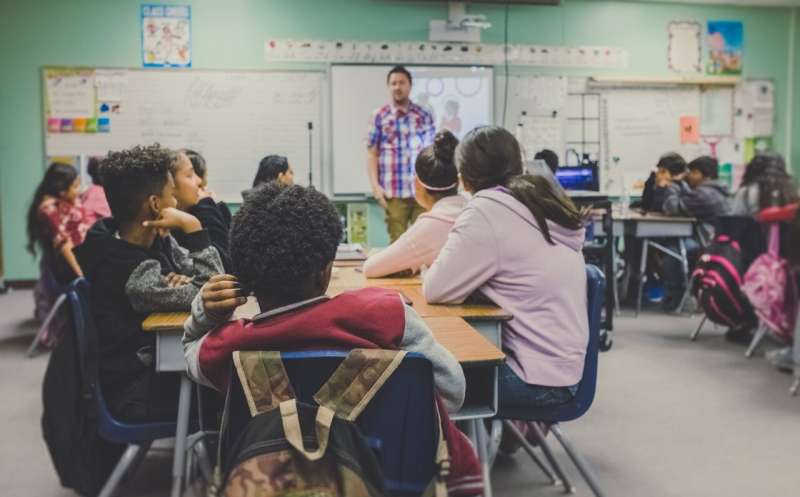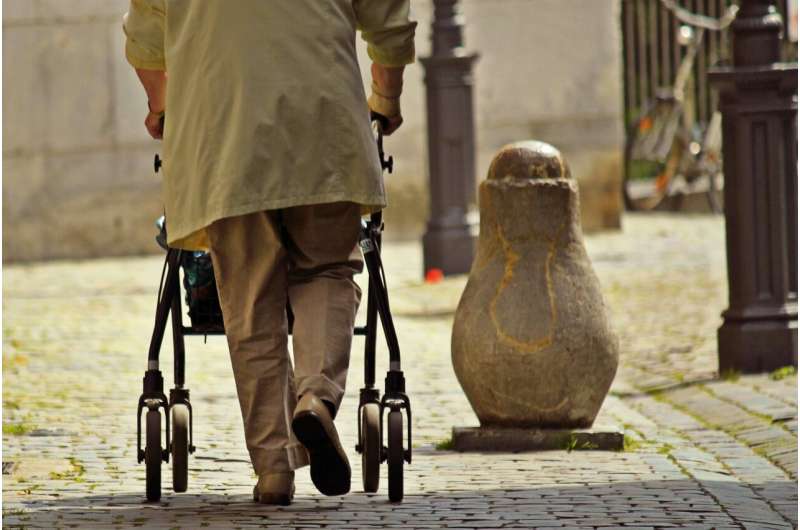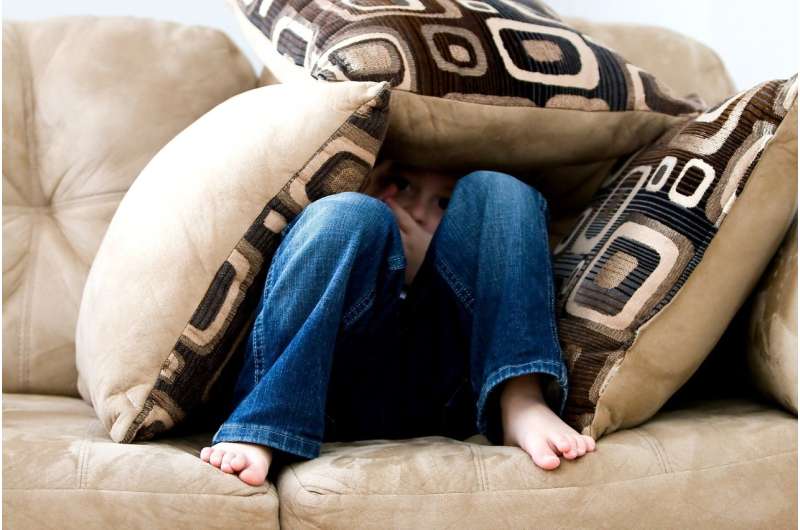Autistic Students Advocate for Strengths-Based Education in Schools

Autistic adolescents in Australia are calling for schools to recognize their strengths and interests. Recent research highlights the importance of understanding, support, and personalized learning to foster thriving autistic students.
An increasing number of young Australians are being diagnosed with autism, with about 4.4% of children aged 10 to 14 and 3.4% of older teenagers officially identified. While research indicates that including autistic students in mainstream education benefits the overall student body, many still face significant academic and social hurdles.
Historically, educational efforts aimed at supporting autistic learners have often centered on their challenges, seldom incorporating their voices. However, recent studies suggest that emphasizing students' strengths could transform their school experiences. A new research project conducted in Western Australia involved interviewing 16 autistic adolescents—aged between 13 to 20 and primarily male—to understand what factors helped them thrive academically and socially.
The students highlighted the importance of feeling understood by their teachers. They expressed a desire for teachers to see them beyond their diagnosis, recognizing their individual strengths and interests. For example, some found shared passions, like Harry Potter or science, helped foster connection and respect. Conversely, negative experiences arose when teachers focused solely on perceived deficits.
Autistic students also emphasized leveraging their strengths and passions to build peer relationships and enhance engagement. For instance, students who excelled in programming or math found school more meaningful when the curriculum aligned with their interests. These areas of focus allowed them to participate actively and confidently.
Clarity in classroom expectations was another key factor. Students valued step-by-step instructions, opportunities to prepare in advance, and accommodations such as noise-canceling headphones. These adjustments fostered a sense of security and self-regulation.
Moreover, students expressed hope for support that connects their current education to future ambitions. Many shared dreams of pursuing careers like manga artistry, IT, or law, and wished for schools to provide pathways and guidance from an early age to help realize these goals.
Ultimately, autistic students are not seeking special treatment but want to be seen, heard, and supported in ways that respect their individuality. Their insights serve as a roadmap for educators to create inclusive, strengths-based learning environments that empower all students and recognize the value of diverse abilities.
Source: Medical Xpress
Stay Updated with Mia's Feed
Get the latest health & wellness insights delivered straight to your inbox.
Related Articles
A Positive Attitude Toward Aging Enhances Recovery in Seniors After Falling
A positive outlook on aging significantly boosts physical recovery in seniors after falls, reducing dependency and inactivity. New research emphasizes the role of psychological health in aging well.
Childhood Emotional Abuse May Damage Trust in Your Body
A new study reveals that childhood emotional abuse and neglect are linked to reduced trust in one's own body signals, emphasizing the importance of emotional support in child development.
Cross-Cultural Insights Reveal Limitations of Western-Centric Autism Communication Understanding
Recent cross-cultural research challenges Western-centric views of autism communication, emphasizing the importance of cultural sensitivity and neurodivergent perspectives in diagnosis and understanding.



